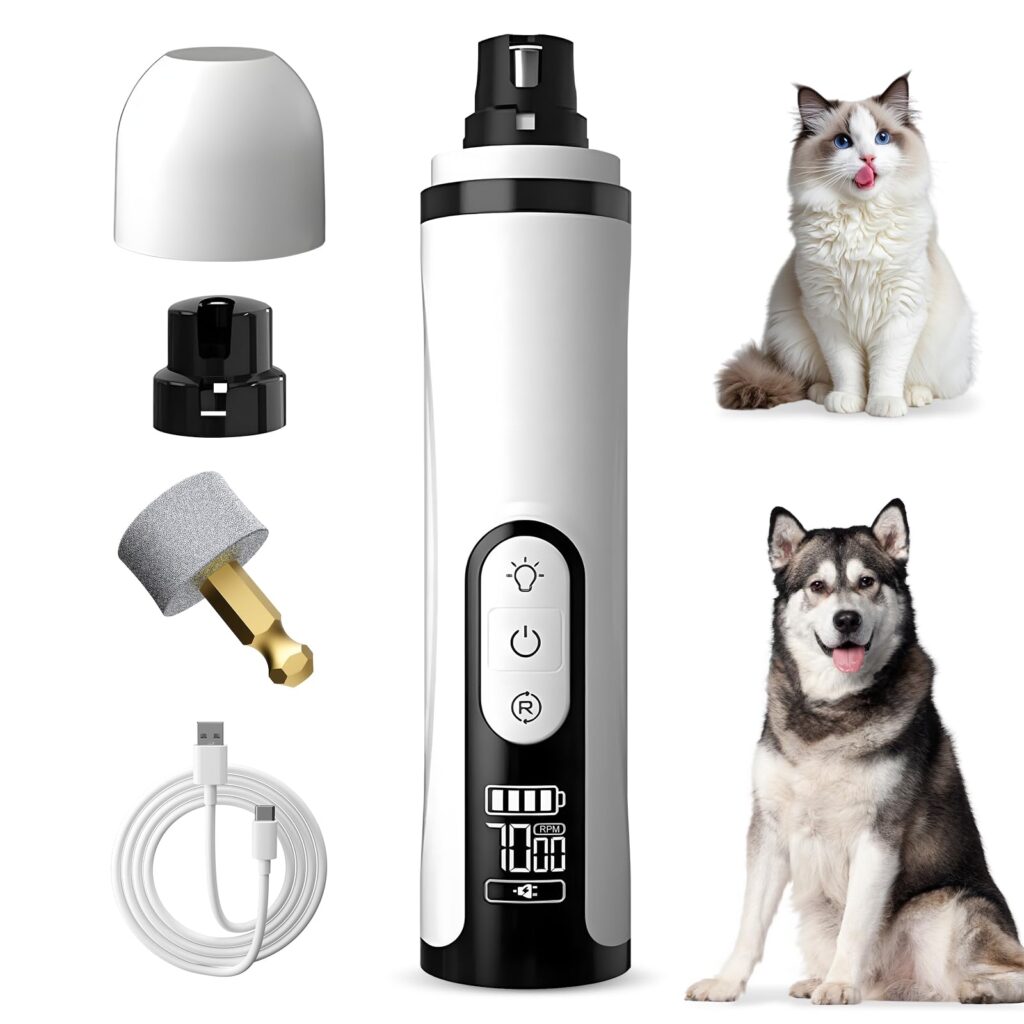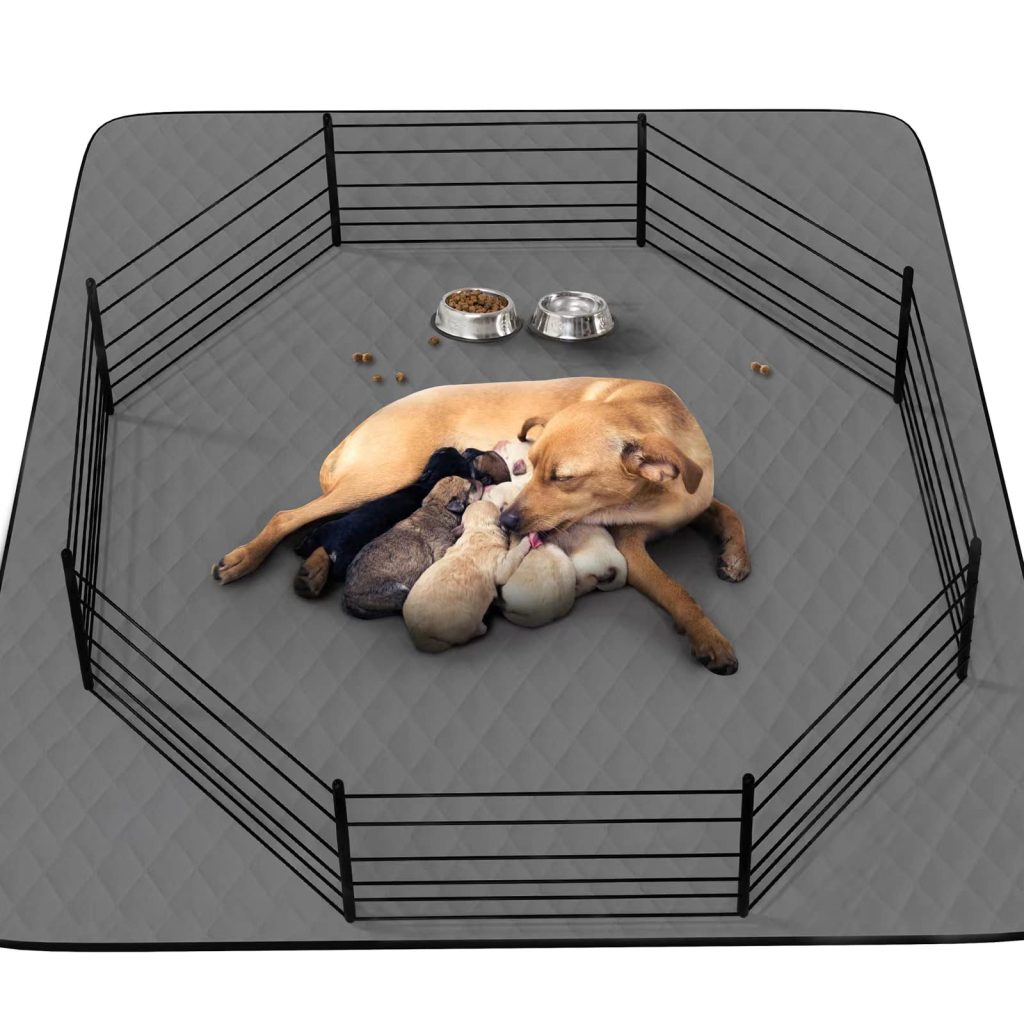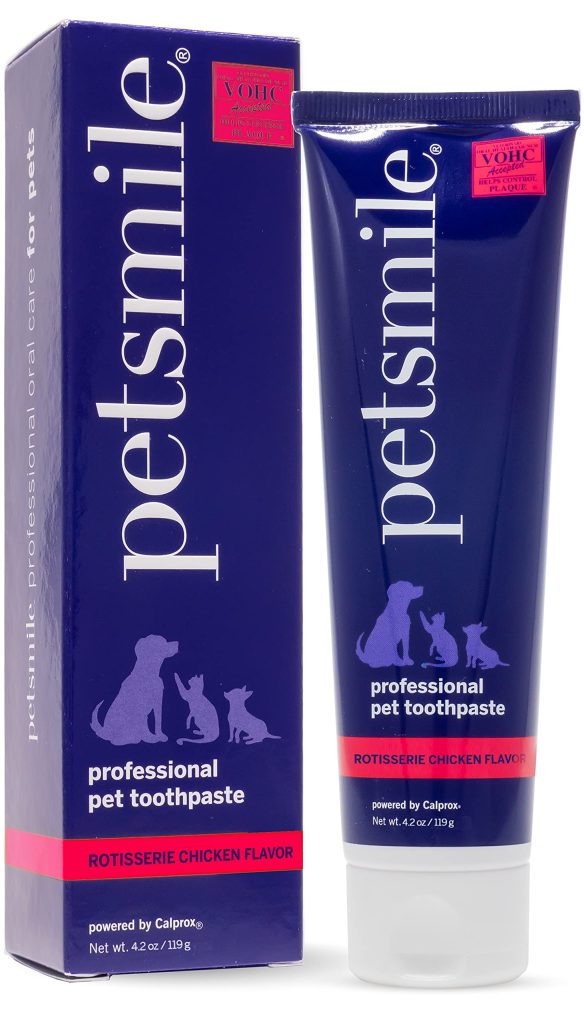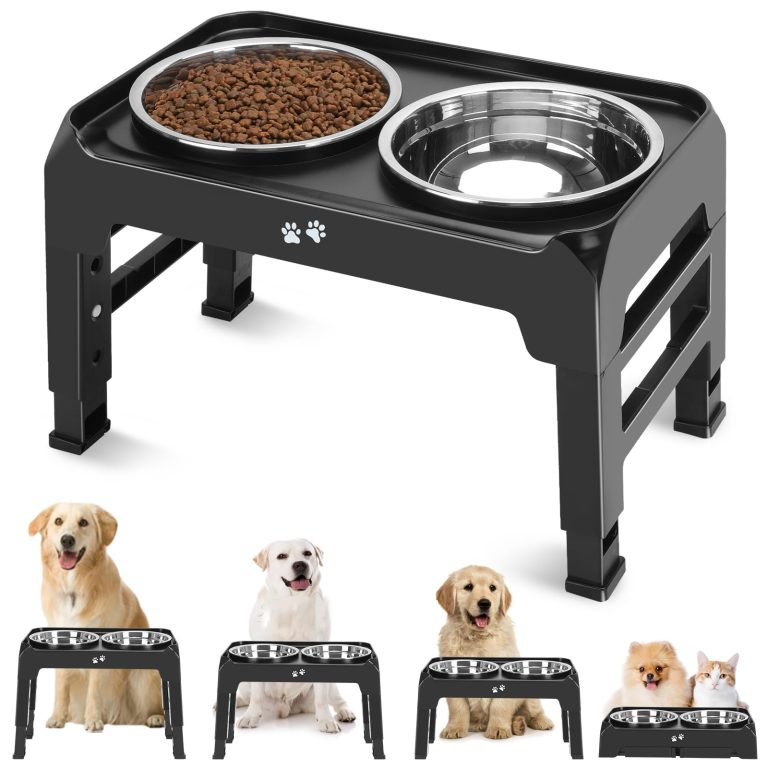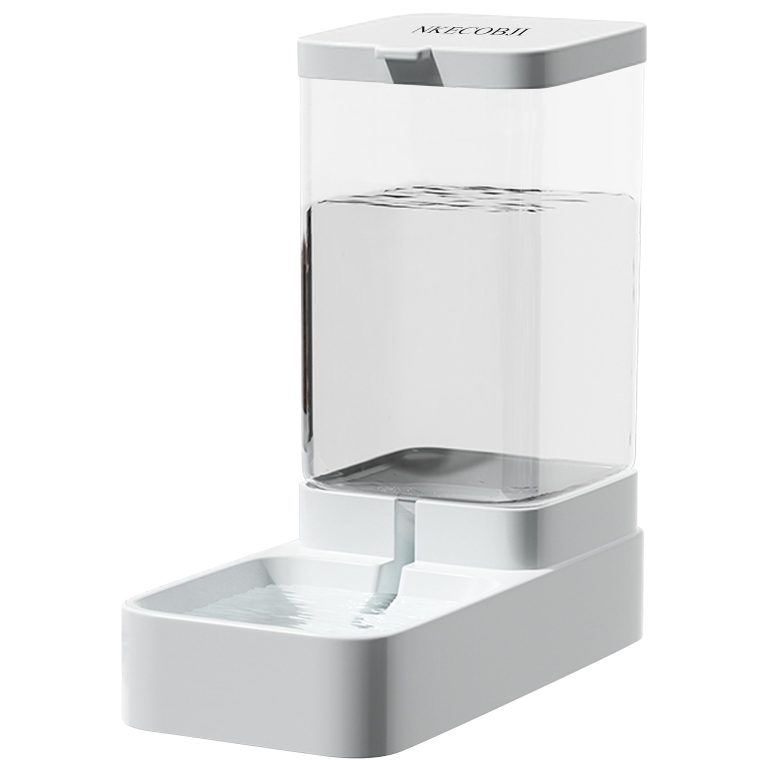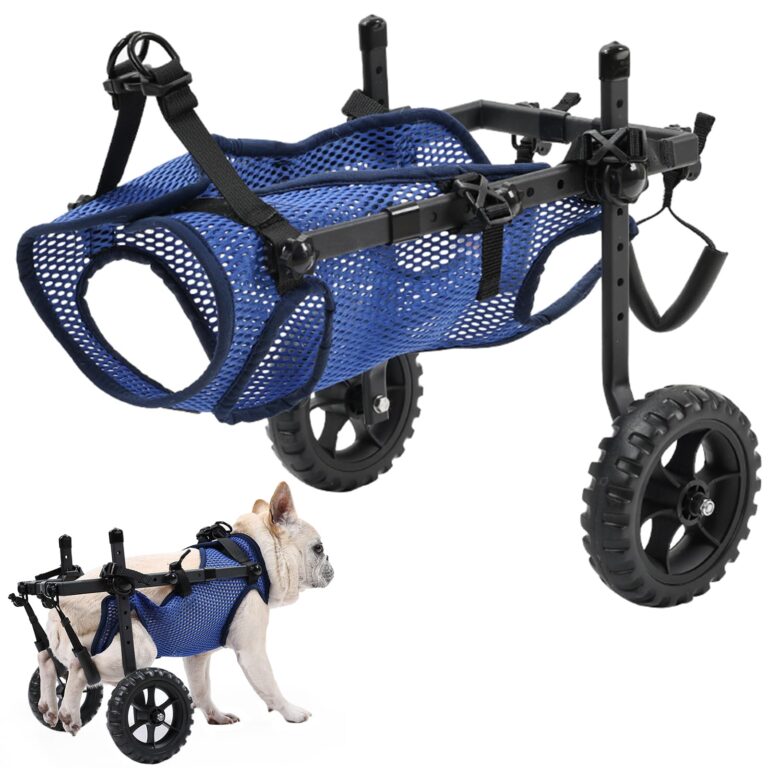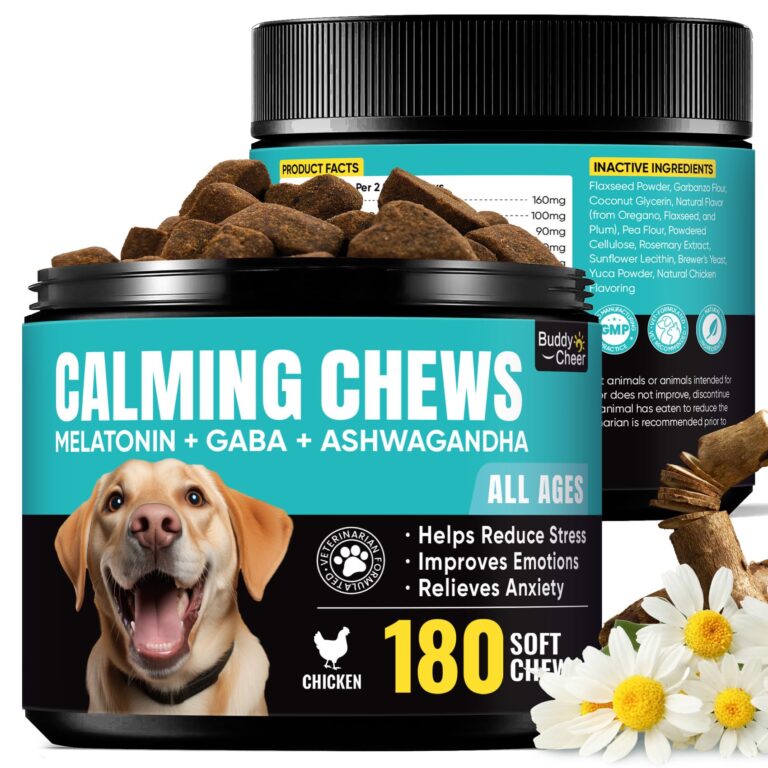The Role of Omega-3 Fatty Acids in Dog’s Diet

Understanding Omega-3 Fatty Acids and Their Importance
Think of omega-3 fatty acids as the superstars of the canine nutrition world. These are not just any ordinary nutrients, but essential ones that play a pivotal role in maintaining your furry friend’s health, yet their own bodies can’t produce them in sufficient amounts. Essentially, omega-3s are fats that help in numerous body functions and are vital for the well-being of your pooch.
Now, here’s where it gets interesting, omega-3s come in different forms – EPA (eicosapentaenoic acid), DHA (docosahexaenoic acid), and ALA (alpha-linolenic acid). EPA and DHA are the rock stars for dogs, primarily found in fish oils, wielding powerful anti-inflammatory effects that can work wonders on canine well-being. Meanwhile, ALA is the more demure cousin usually found in plant oils. Though beneficial, ALA needs to be converted by the body into EPA and DHA, which isn’t always done efficiently by our four-legged companions.
Showcasing their versatility, omega-3s are brilliant multitaskers; they’re known to support brain development in puppies, keep the joints of active and aging dogs smooth as butter, and impart a luster to the coat that could turn heads at the dog park. But their influence runs deeper – far below the shiny surface. These wonder fats play a important part in heart health, can improve eyesight, and strengthen the immune system. What’s not to love?
For pooches with a flair for drama — I’m talking about allergies and skin conditions — omega-3 fatty acids can be a soothing balm. They help manage these pesky issues by curbing the inflammatory responses that set off itching and scratching marathons. And to all the pet parents juggling the weight management seesaw, these fatty acids can help with shedding pounds too by enhancing metabolic rates.
Let’s face it, while you might not see omega-3s with a cape flying around as superheroes, in the world of canine nutrition, they’re pretty close. From nose to tail, they’re keeping your dog’s body running smoothly, proving that good things come in small — molecular — packages.
Health Benefits of Omega-3s for Canines
Imagine a shield custom-fit for your dog’s health, one that battles the chronic villains of arthritis and joint pain. Omega-3 fatty acids are just that — they’re like your pooch’s personal knights in shining armor, dedicated to reducing inflammation and easing the aches and pains that come from a spirited game of fetch or the inevitable march of time. And when it comes to the mental agility of senior dogs, these nutrients are like brain food that helps maintain cognitive function and keeps those neurons firing and synapses snapping.
But the benefits don’t stop at the brain and joints; let’s talk treasure chests! Omega-3s have a bounty of riches for heart health, making them essential for dogs with cardiovascular concerns. Studies suggest that these fatty acids help keep the ticker ticking properly by helping to maintain normal blood pressure, heart rhythm, and even triglyceride levels. They’re the unseen heroes ensuring that every beat counts towards a long and healthy life.
For dogs who seem to have lost their sparkle, omega-3s are there to replenish it. Pet owners often notice that with a consistent intake of omega-3s, their dog’s coat becomes softer and shinier, while their skin gets stronger and less prone to irritation. Gone are the days of incessant scratching; say hello to more tummy rubs and fewer vet visits!
Diving deeper, let’s not overlook how these special fats also support puppies in their formative weeks. Getting enough omega-3s can be important for proper brain and eye development in young pups. It’s like investing in the best start-up possible for their journey into doggo-hood — ensuring that they grow up smart, alert, and ready to take on any challenge (or squirrel).
Moreover, witnessing your furry companion suffer through allergy attacks can be gut-wrenching. Omega-3 fatty acids swoop in to help modulate the immune system, reducing inflammatory responses that cause itching and suffering. Now relief from allergies doesn’t have to mean constant medications; sometimes, nature provides a remedy as simple as adjusting the diet.
And let’s not say goodbye to cancer. Although it is a subject we’d rather avoid, the reality is that our canine friends can be affected by this dreadful disease too. But here’s a ray of hope — omega-3 fatty acids may have properties that help fight against cancerous cell growth, giving your beloved pet a fighting chance for more joy-filled years with you.
For pup parents who are playing the food balancing act, introducing omega-3s might seem like a small change, but it’s one that brings a world of difference to your dog’s overall health. So while these fatty acids might not wear spandex and capes, rest assured they’re doing superhero work on the inside, keeping your four-legged friend happier, healthier, and ready for adventure!
Sources of Omega-3 Fatty Acids for Dogs
Finding the best sources of Omega-3 fatty acids for your canine pal can be a fun treasure hunt. Begin your quest with fish and fish oil, as they’re chock-full of EPA and DHA—those Omega-3 champions you’ve heard so much about. Oily fish like salmon, mackerel, and sardines are fantastic natural providers. Your dog will surely wag their tail for these tasty treats!
But let’s not forget about alternative sources. Flaxseed oil and canola oil, while higher in ALA, serve as good plant-based options, especially if you’re looking for a non-animal source. While their conversion to EPA and DHA isn’t as efficient, they still contribute to the Omega-3 pool. Then there are walnuts and chia seeds, which are not only nutritious but also make for a crunchy snack that can be added to their food.
For those who prefer the convenience of supplements, high-quality fish oil capsules or liquids tailored for dogs can be an easy add-on to your dog’s diet. Don’t be shy about discussing this with your vet, who can help determine the best and safest route for supplementing your pup’s Omega-3s.
And what about a homemade touch? If you’re handy in the kitchen, you can whip up some omega-rich meals. Think baked salmon skin or a homemade stew with fish—just ensure all bones are removed to prevent choking hazards. Always cook fish thoroughly to kill off any harmful parasites.
Whichever source you choose, just remember the golden rule: moderation is key. You’re aiming to complement your dog’s diet, not overwhelm it. Keep an eye out for any sudden changes in their coat, skin, or overall health and adjust their intake accordingly. With the right Omega-3 rich foods or supplements, you’ll have your furry friend strutting their glossy coat and limber joints all around town, radiating good health and vitality!
Recommended Dosage and Incorporation into a Dog’s Diet
When entering the realm of omega-3 fatty acids and your dog’s diet, a map to guide you through the appropriate dosage and incorporation is essential. Striking the right balance is key; too little and you’re missing out on the benefits, too much and you might encounter some unwanted side effects.
First things first, chatting with your vet is a must to figure out just how much omega-3 your pooch needs. Factors like their size, life stage, and whether they have specific health issues play into this decision. A large breed will naturally require more than a petite pup, and an active dog may need a different dosage than a senior with slower metabolism.
For the DIY enthusiasts who relish calculating figures, here’s a baseline to consider: many experts suggest starting with around 20-55 milligrams of EPA and DHA combined per pound of body weight daily. To give you an concept, a 50-pound dog might get somewhere between 1,000 and 2,750 milligrams a day. But remember, these numbers are mere starting points and not one-size-fits-all prescriptions.
How do you begin incorporating these omega-rich oils into Rover’s meals? Let’s get creative! Start simple by drizzling the appropriate amount of fish oil over their regular chow at mealtime. If you’re using capsules, puncture them and squeeze the oil out, mixing it well with their food to entice those discerning canine taste buds.
For home-cooked meal aficionados, blending steamed, skinless fish into their dinner can be a gourmet flair they’ll adore—think of it as their very own surf-and-turf. And let’s not forget about treats; look for omega-3 fortified snacks or make your own with fish as the key ingredient.
What’s vital is watching your furball for signs that they’re getting just the right amount. A vibrant coat, sprightly energy levels, and the absence of any GI upset or fishy odors pointing to overtreatment. If you spy any issues, revisit that dosage chart or better yet, loop in your vet for advice.
Embrace the experimentation journey. Like finding the perfect chef’s recipe, it might take a little tweaking to discover the exact omega-3 regimen that has your canine companion leaping for joy. And when you do find that sweet spot, it’s like striking nutritional gold, aiding their health in leaps and bounds.
Above all, make this healthy addition to their diet fun for both you and your dog. Celebrate each tail wag and zoomie as a sign of vitality fueled by these wonder nutrients. By ensuring a proper dosage and exciting incorporation of omega-3 fatty acids in your dog’s diet, you’re setting the stage for a lifetime of wellness and countless joy-filled moments together.
